College of Science, Engineering & Technology
Talking science simply through FameLab
When the call went out for dynamic young scholars in science, technology, engineering and mathematics to present their research in three minutes, Ginny Sasha Tito responded – and today she is the Unisa heat winner of FameLab SA 2021.
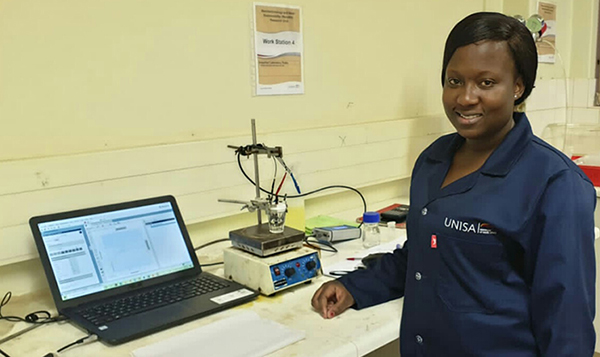
Ginny Sasha Tito
As defined by the South African Agency for Science and Technology Advancement, "FameLab is an international competition designed to engage and entertain by challenging young scientists to communicate their science to a public audience in under three minutes. Talks are fun and engaging, making science relevant to everyone, without using jargon or formal presentations. Talks are judged on content, clarity and charisma."
The science communication coaching session and FameLab SA/Unisa Regional Heat took place online on 20 and 21 April 2021.
Researching the quality of water
Tito is a master’s student in chemistry at the Institute for Nanotechnology and Water Sustainability in the College of Science, Engineering and Technology.
The fact that South Africa has the highest number of people living with HIV/AIDS prompted Tito to enter the research field of applied electrochemistry. According to 2019 statistics, one in every 13 people in South Africa is HIV positive, and most of them receive antiretroviral (ARV) treatment. Over the past few years, concerns have grown about the presence of these ARV drugs in domestic water due to inadequate wastewater treatment. "It has been noted that their presence in water may be due to incomplete metabolism of the drugs leading to their excretion from the body via urine or faeces. Another issue is the improper disposal of unused or expired drugs. Consuming water with ARVs may pose health risks to people and also lead to drug resistance," said Tito.
When asked about her research and FameLab experience, this is what she had to say:
How does your research impact society?
My research focuses on the modification of electrochemical sensors using nanomaterials such as quantum dots to detect the concentration of ARVs in water. Modification of these sensors allows for the detection of very low concentrations below the ng/L range, which the existing methods fail to achieve. My research aligns with sustainable development goals 3 and 6, which state the importance of good health and wellbeing, and clean water and sanitisation, respectively. People at large need to know about the quality of the water they are consuming and be aware of possible consequences. Knowledge is power. Certain changes can be made sooner rather than later to avoid the negative effects of drug resistance.
How did you find the science communication training?
I enjoyed every moment of the science communication training session. It was quite an interesting and fun session, and at the same time very informative. The facilitators were very friendly and helped us in the preparation of the heat that took place the following day. They gave us very valuable tips for public speaking and engaged us in small activities that ensured everyone had a chance to speak and boost their confidence before the competition. They made everything seem quite easy! I tried my best to incorporate all the knowledge they had imparted to us, and related my science work in a better and uncomplicated way. I am very grateful to God for this opportunity.
What was your three-minute talk about?
During the three-minute talk, I showed the audience both clear water and coloured water, and explained that the quality of the water in the different containers was the same. The only difference was that the clear water contained pharmaceutical pollutants that were colourless and invisible to the naked eye. Some of these pharmaceutical pollutants are ARVs, which people take to boost their immune systems and stay strong. Unfortunately, these drugs are finding their way back into our water system through excretion via urine or faeces. The problem is that when people drink this contaminated water, resistance to these drugs may develop in the near future, which might pose even bigger problems later.
Therefore, we need to be able to detect their concentration in water. The current detection methods employ big and heavy machines that are very complicated to use and time-consuming too. Hence, we propose the use of electrochemical sensors that are quite easy to use and very portable. These sensors can be modified using nanomaterials, particularly quantum dots. These are very small nanoparticles, but they have exceptional properties that can enhance the signal of the sensor and its selectivity, and achieve low detection limits. Our findings can then be shared with the people that work at wastewater treatment plants so that they can improve their water purification methods to make it cleaner and safer for people.
What are your expectations for the next round of the national FameLab SA competition?
I am very excited about the next round of FameLab. I am looking forward to gaining more knowledge and skills from my fellow researchers in the competition. I will talk about the importance of being in a science field to keep society aware of the problems we are facing and the solutions that science research can provide. My desire is for us to be able to communicate our science work to the general public in a very clear and simple manner. That way, they may also gain some knowledge and understanding. As Francis Bacon said, "knowledge is power".
* Compiled by: Mpho Moloele, PR and Communications Assistant, Department of Research, Innovation and Commercialisation
Publish date: 2021-06-05 00:00:00.0


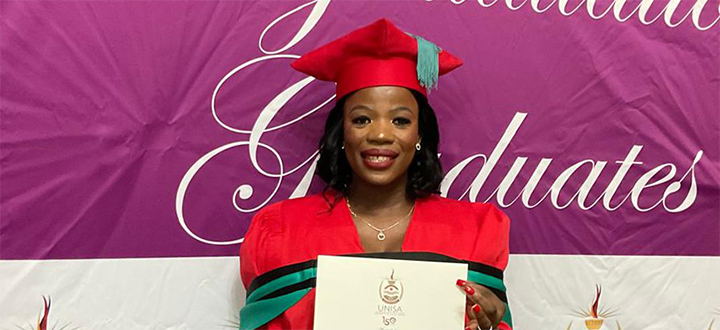 Wielding her Unisa PhD, Botswana educator champions early childhood development
Wielding her Unisa PhD, Botswana educator champions early childhood development
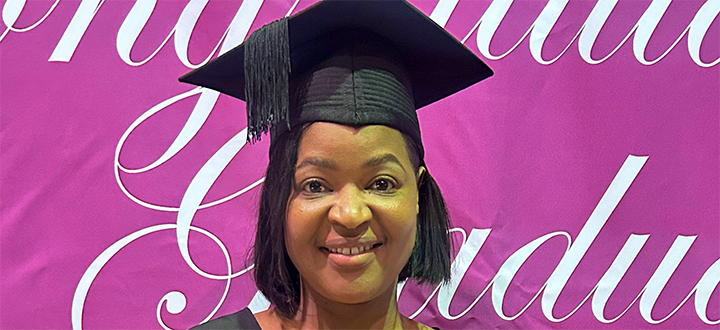 Proud Unisa alumna bridges distance and fuels career growth
Proud Unisa alumna bridges distance and fuels career growth
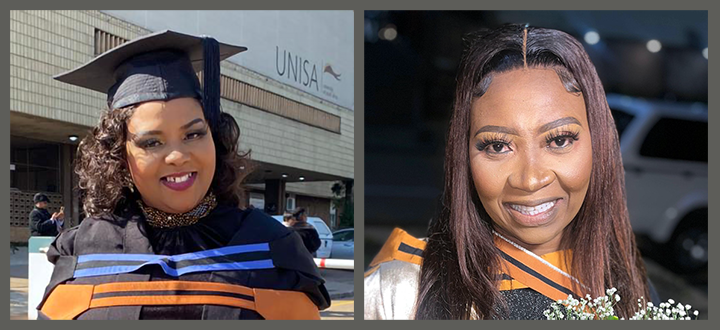 SAPS women in blue graduate at Unisa
SAPS women in blue graduate at Unisa
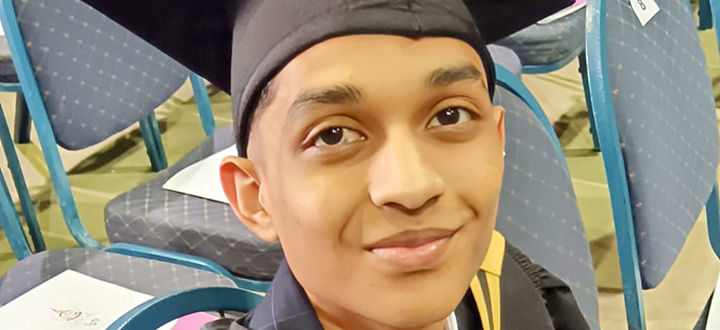 Degrees of determination: Stories of grit, growth, and graduation
Degrees of determination: Stories of grit, growth, and graduation
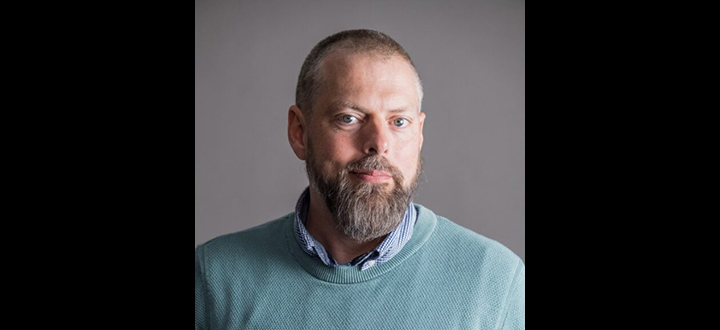 Unisan awarded prestigious British Academy Equitable Partnerships funding
Unisan awarded prestigious British Academy Equitable Partnerships funding